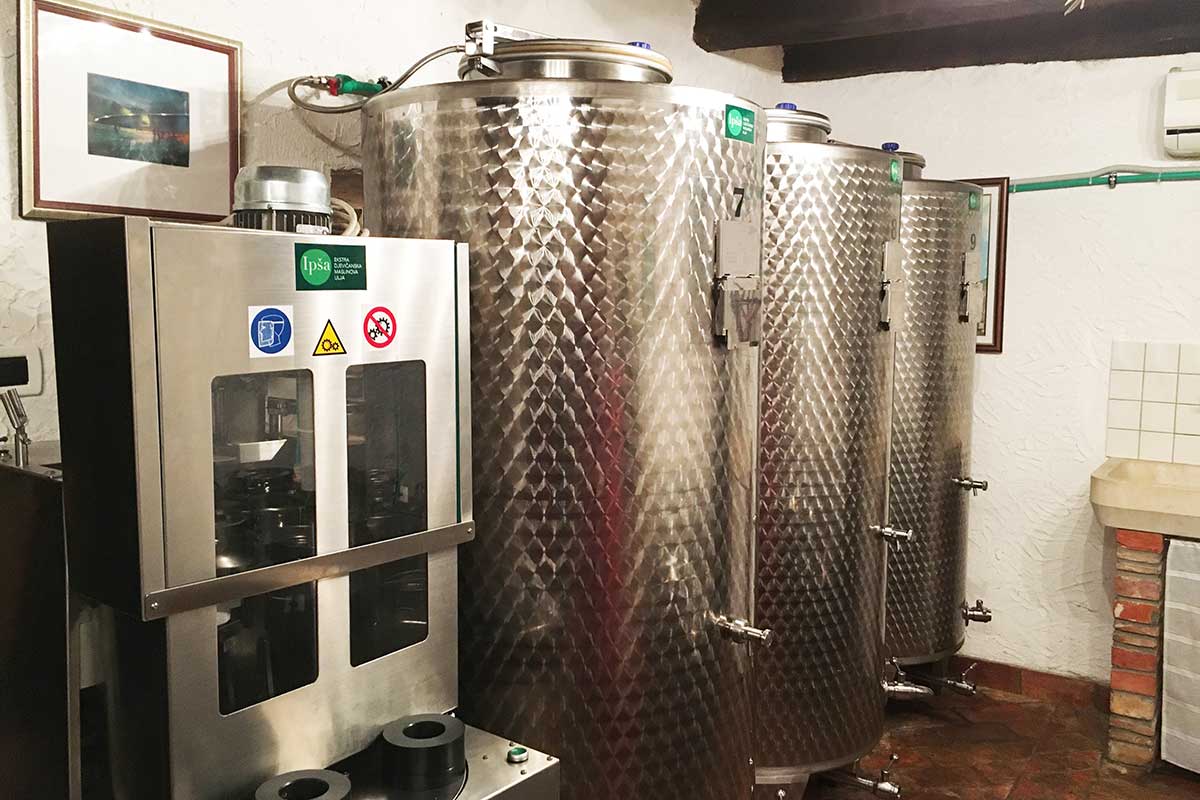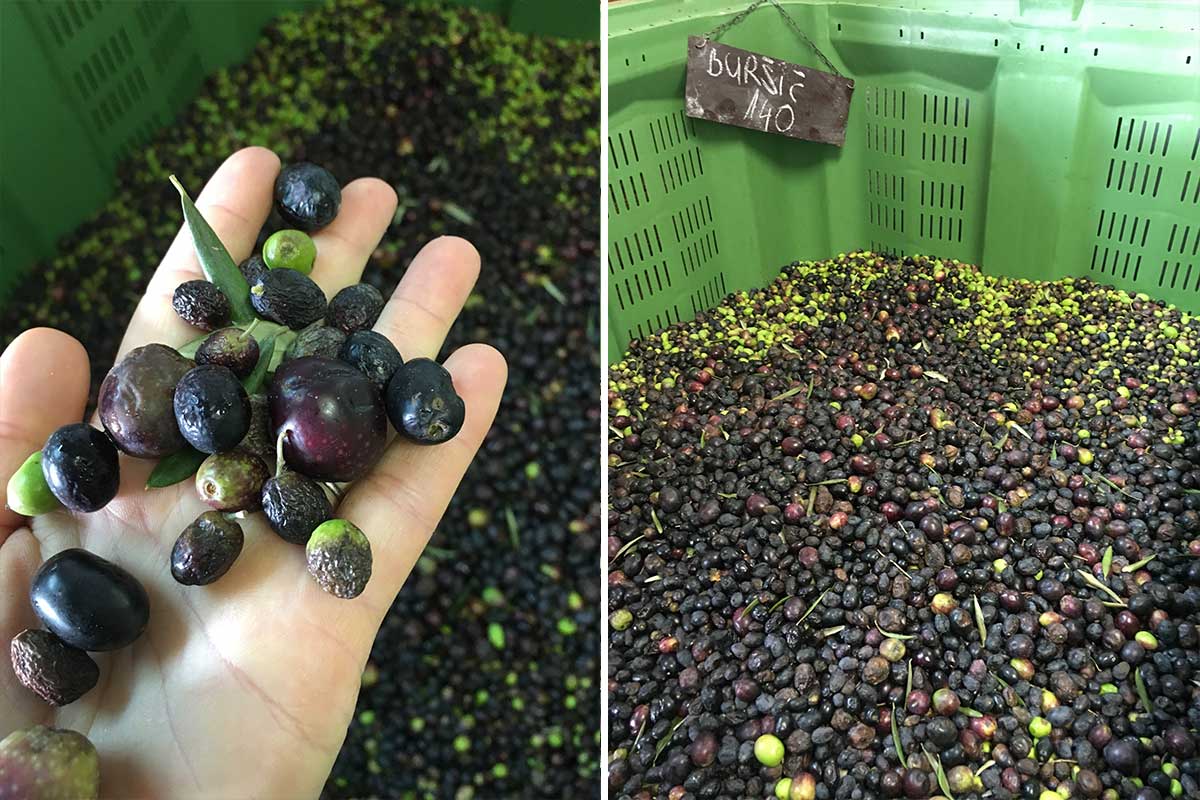Cold pressing, hot pressing and refined oils
Olive oil is a food with character and charisma.
Olive oil is a fine product, but there are striking differences. These are determined by many different factors. Degree of ripeness, variety , type of harvest, to name just a few. And logically, the type of production is also a decisive factor for the quality of the oil. If you know the types of production, it is also easier when shopping, because this look behind the scenes helps to better understand the sometimes confusing descriptions on the labels and bottles.
A distinction is made between two methods in oil extraction:
- mechanical pressing (cold / warm)
- chemical extraction
Cold pressing, the only true olive oil
The most important variant of production for the production of olive oil is the so-called cold pressing. The cooking oils obtained in this way are of the highest quality and are called native oils. They are tasty and extremely valuable for health .
However, the overall yield is much lower with cold pressing, which is ultimately reflected in the price.

Cold pressing olive oil
During cold pressing, the olive oil is obtained exclusively through mechanical processes. The name is deceptive, however, because it does not say how high the temperatures are during the pressing process. In the case of olive oils, one speaks of “first cold pressing” if the olive oil was obtained by mechanical pressing at an outlet temperature of no more than 27 ° C.
In contrast to heavily treated oils, the native oils produced during cold pressing not only have an incomparable aroma, but also a high content of valuable ingredients. Because here it is only pressed, washed, centrifuged and filtered. No additional substances and no other processes are used.
Hot pressing and chemical extraction
With these two processes, the focus is clearly on efficiency.
85% yield is achieved with hot pressing and almost 100% with chemical extraction. That sounds very sensible from an economic point of view, but as almost always, there is also a price that you have to pay for it and in this case it is not to be paid in euros.
The high temperatures during hot pressing trigger chemical reactions in the very sensitive olive oil that only have to be removed afterwards with the help of refining, which we will deal with later.
The chemical extraction is usually carried out using mineral spirits or similar substances. Even then, the oil must first be cleaned of toxic residues.
The two processes are definitely combined with one another and produce olive oil that is of lower quality and has hardly any ingredients and nutritional value.
But of course you can use it very well for cooking.
Refining – post processing
As mentioned in the previous paragraph, the major disadvantage of hot pressing and chemical extraction is that toxins and other residues are formed.
So the oil has to be refined in order to restore its palatability. This takes place in several steps, in the course of which, for example, fatty substances such as lecithin are dissolved from the oil and fatty acids and colorants are removed.
Am Ende des Prozesses werden durch Hitze die Restpartikel vom Öl getrennt. Bei mehr als 240 Grad wird den letzten Lösungsmittelspuren, Pestiziden und Fettsäuren der Garaus gemacht. Diese Temperaturen zerstören allerdings auch jeglichen Geschmack und Geruch.
Das Öl ist damit im Grunde kaputt, doch für den Gebrauch im Alltag der meisten Menschen besser geeignet.
Raffinierte Öle kann man gefahrlos erhitzen und dank ihres neutralen Geschmacks und der langen Haltbarkeit sind sie in vielen Haushalten ein Fixpunkt.
Bei der industriellen Verarbeitung werden aber leider alle positiven Fettbegleitstoffe, Vitamine und mehrfach ungesättigte Fettsäuren eliminiert.
But the different types of olive oil production and the properties of the resulting product also result in a large selection and so the consumer has the perfect oil for every purpose.
